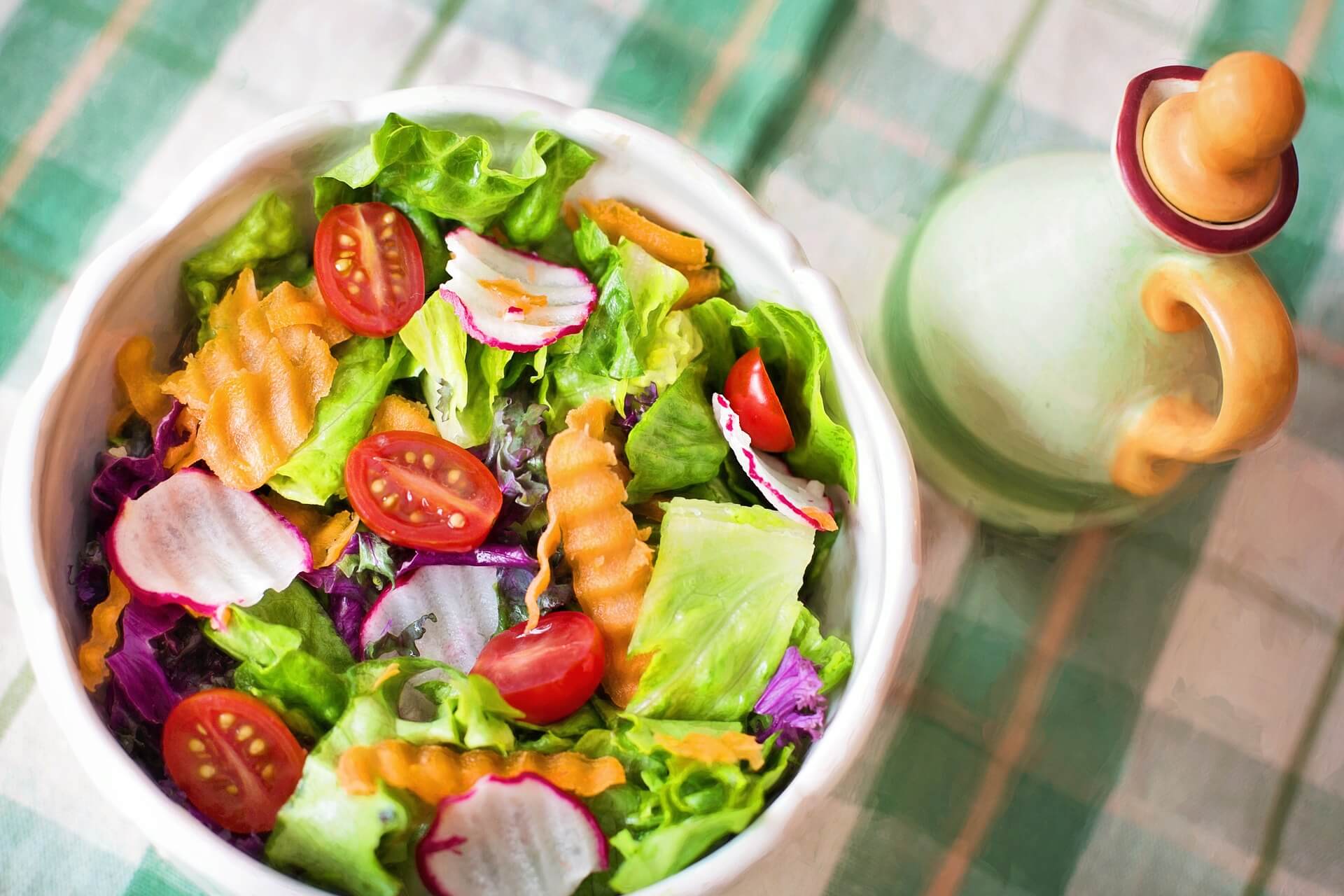Salads : 9 Healthiest Recipe that is good for your immune system
Healthy Salads
The healthy salad recipe over there is a mixture of flavors and textures. This list has something for everyone, be it a simple lunch salad or a dinner party.
Salads are the way to display fruits and veggies in season; fruits and veggies that are so excellent on their own that they don’t require much to be delicious. On cold winter nights, pick up a big, vivid salad of root vegetables and hearty greens. When the weather is nice and warm, summer salads are the perfect solution: they’re simple to make but delicious.
You’ll find plenty of salad recipes to inspire you if you want to eat more plant-based meals or vary up your salad game. These recipes range from green to pasta and are perfect for potlucks, dinner sides, and meal replacements in general.
As said by the study:
Salad consumption with higher nutritional levels When the salad dressing is mixed, the positive nutrients are more easily absorbed. Salad dressing contains fat that aids in nutrients, for example, lycopene and alpha-and beta-carotene.
The intake of vitamins C, E, and folic acid is higher in people who eat salads, salad dressing, and raw vegetables.
Women who exercise and eat a lot of fruit and vegetables are less likely to lose bone mass before menopause.
Even consuming one serving of salad or raw vegetables per day meets the advisable nutrient intake of vitamins A, E, B6, and folic acid.
The 9 Healthiest Salads Recipes
1. Recipes for slaw Salads
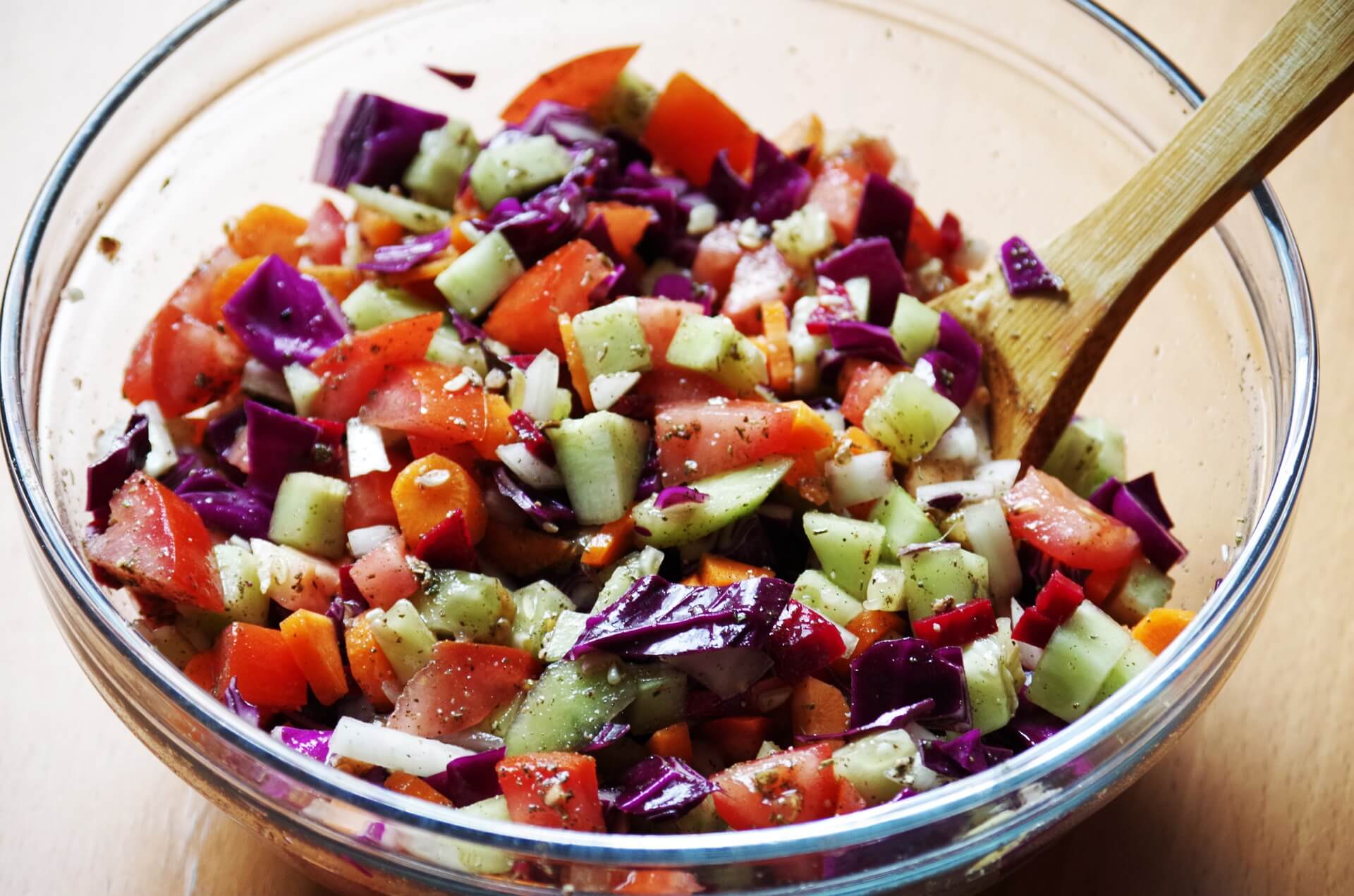
Slaws are among the best salad recipes that can be prepared in advance. Since they’re typical of hearty love for cabbage, kale, or broccoli, they can be made ahead of time. For maximum flavor, combine a vegetable vulgar with a punchy dressing, herbs, and even fruit.
2. Tuna
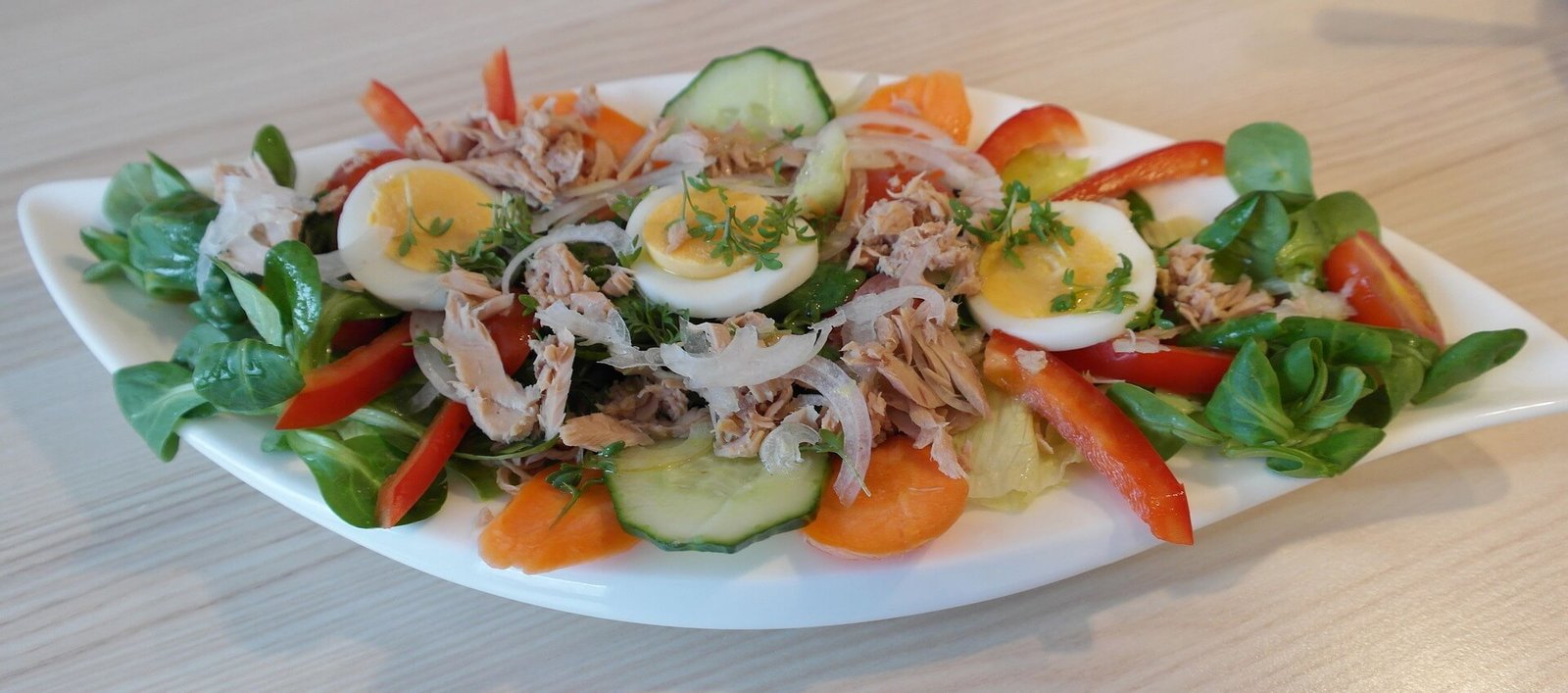
Tuna salad composed with a lemony vinaigrette rather than an old-fashioned mayo-based dressing keeps it new and flavorful.
3. Broccoli
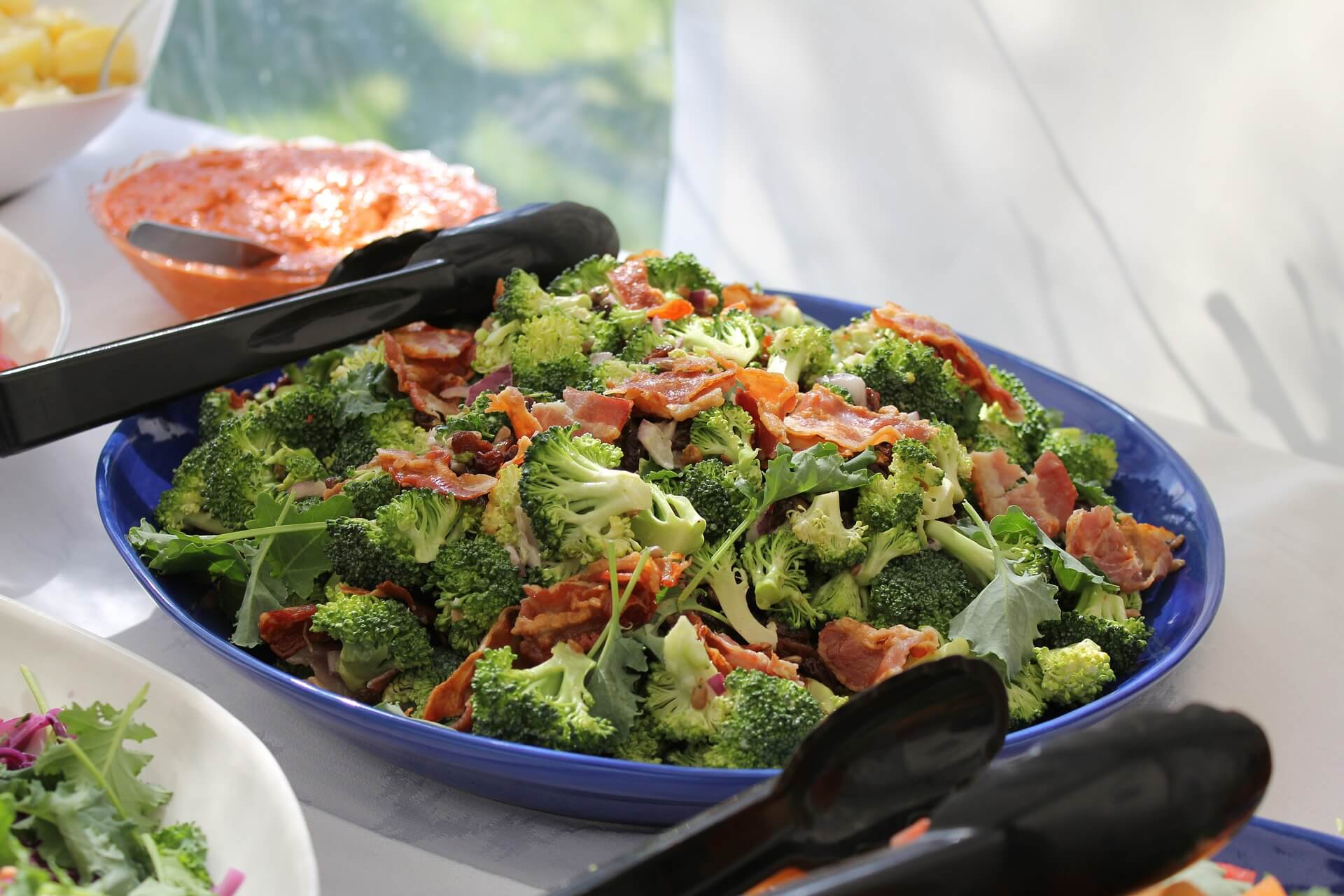
At the most, sixty minutes of cooking time when you add a protein source (like grilled chicken or hard-boiled eggs) becomes a complete meal.
4. Salad with Brussels sprouts
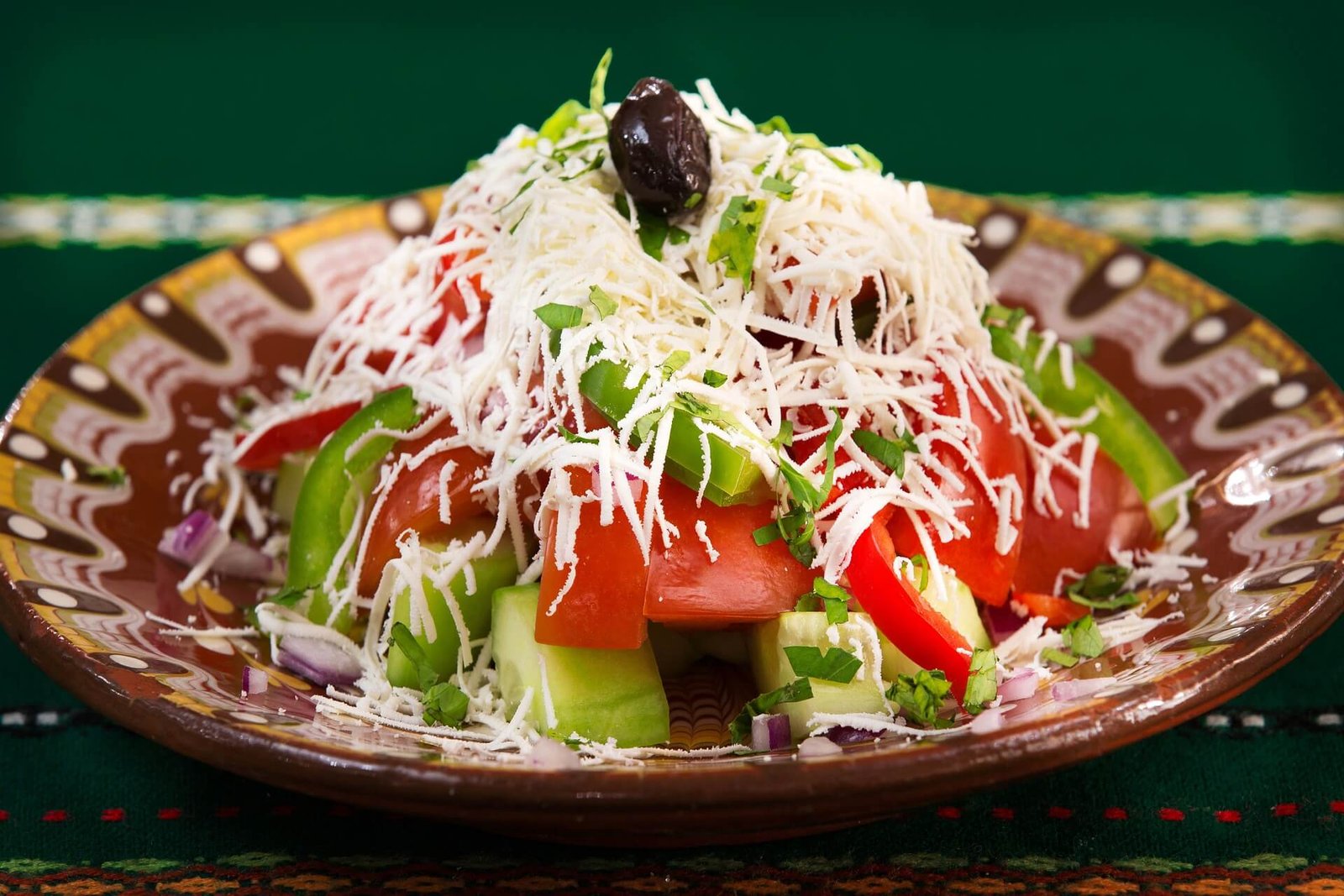
With only seven ingredients, I like Fabrication, this salad is perfect for when the weather starts to cool in the fall. Its flavor, freshness, and satisfying combination of Parmesan cheese, pine nuts, and dried cranberries make it a tasty, fresh, and filling meal.
5. Pasta
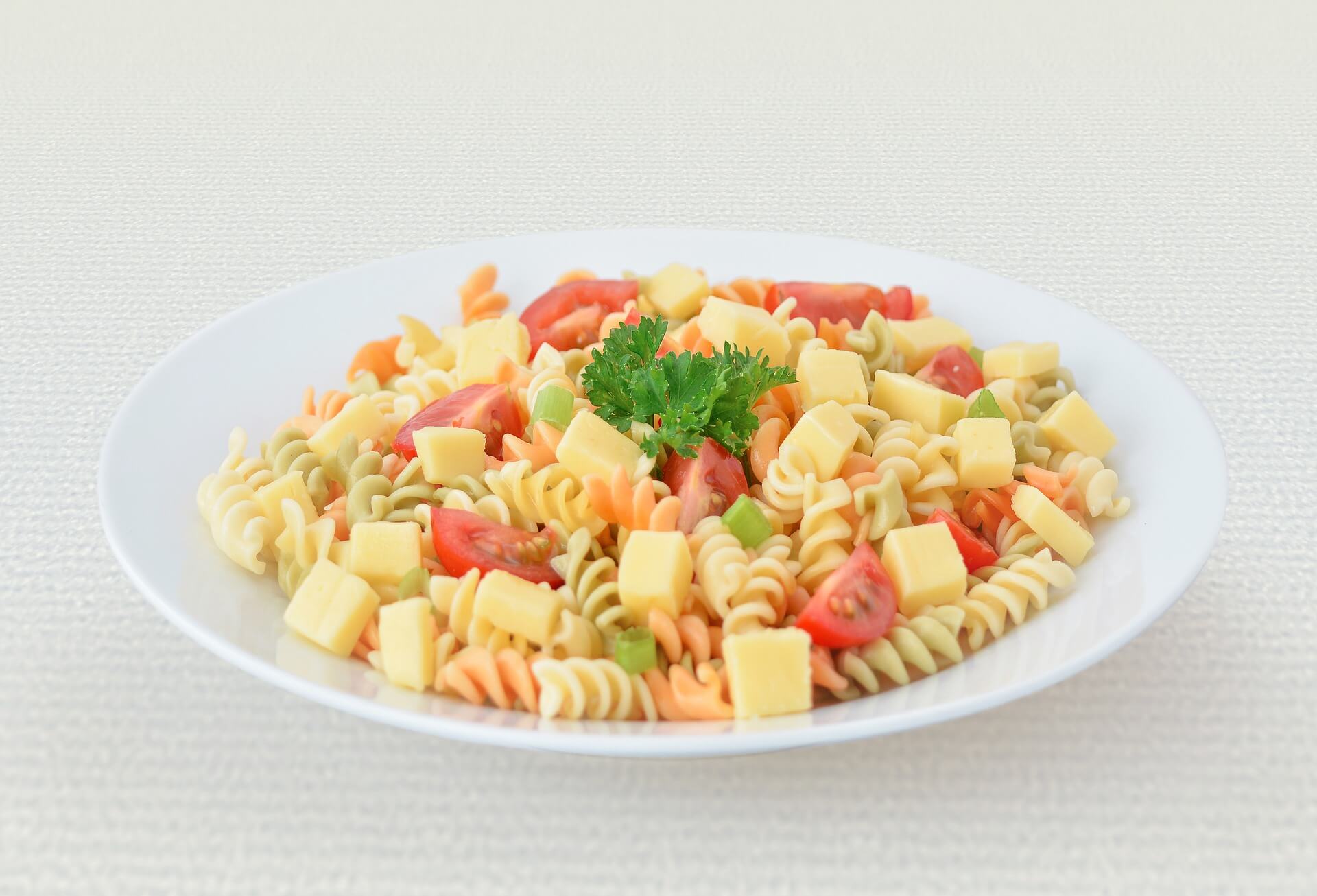
Add this to any list of salad recipes! Whether it’s for a summer picnic or a party, pasta salads are the total dish vocation, as both aside, they’re a savory way to enjoy the freshest seasonal ingredients.
6. Greens
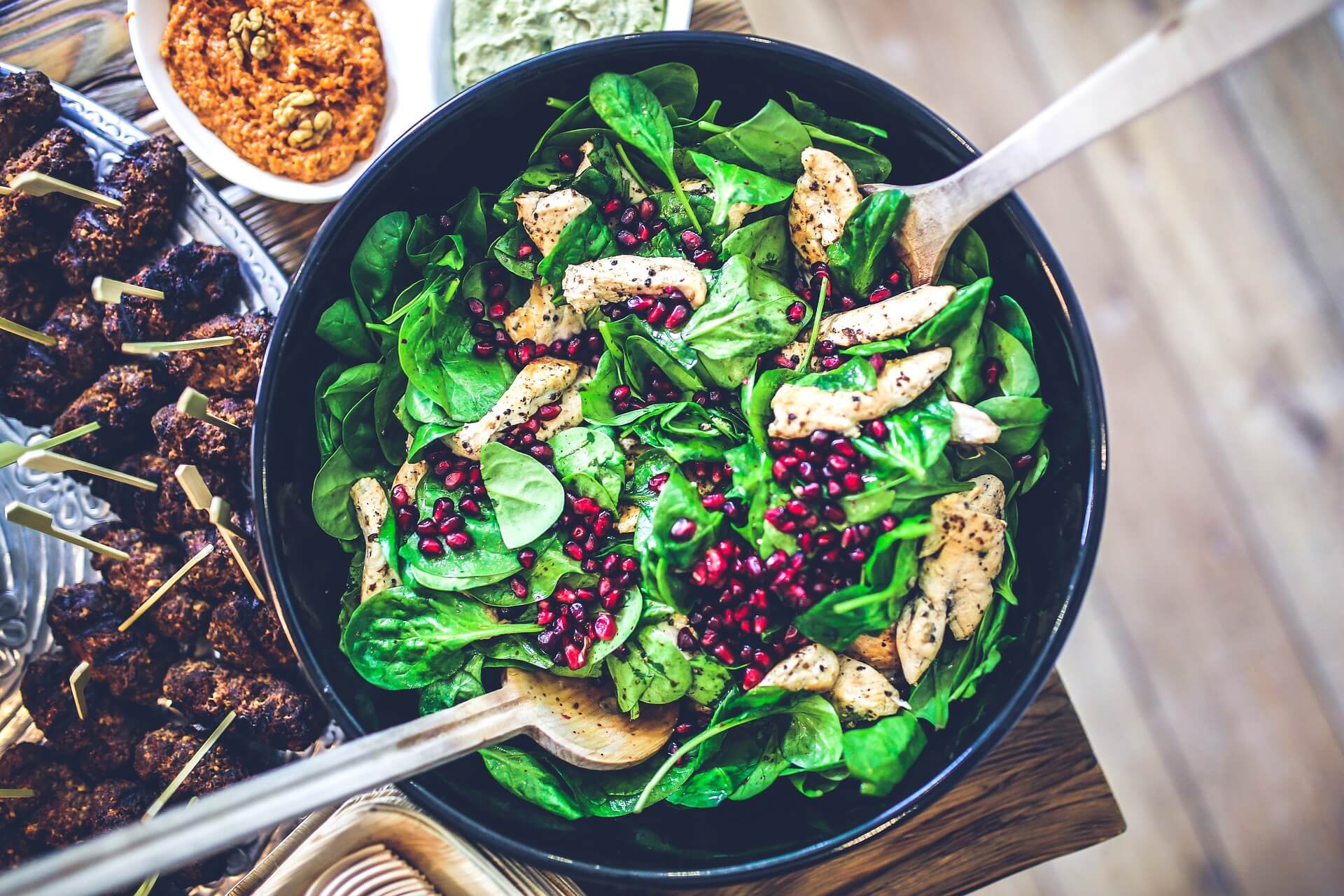
A big green salad is part of my celebrated meals year-round. Summer lettuce at the farmer’s market is so kind and soft that a big green salad is truly a treat. A sharp and adventurous dressing brightens up hearty greens that are kale during the winter.
7. Protein derived from plants
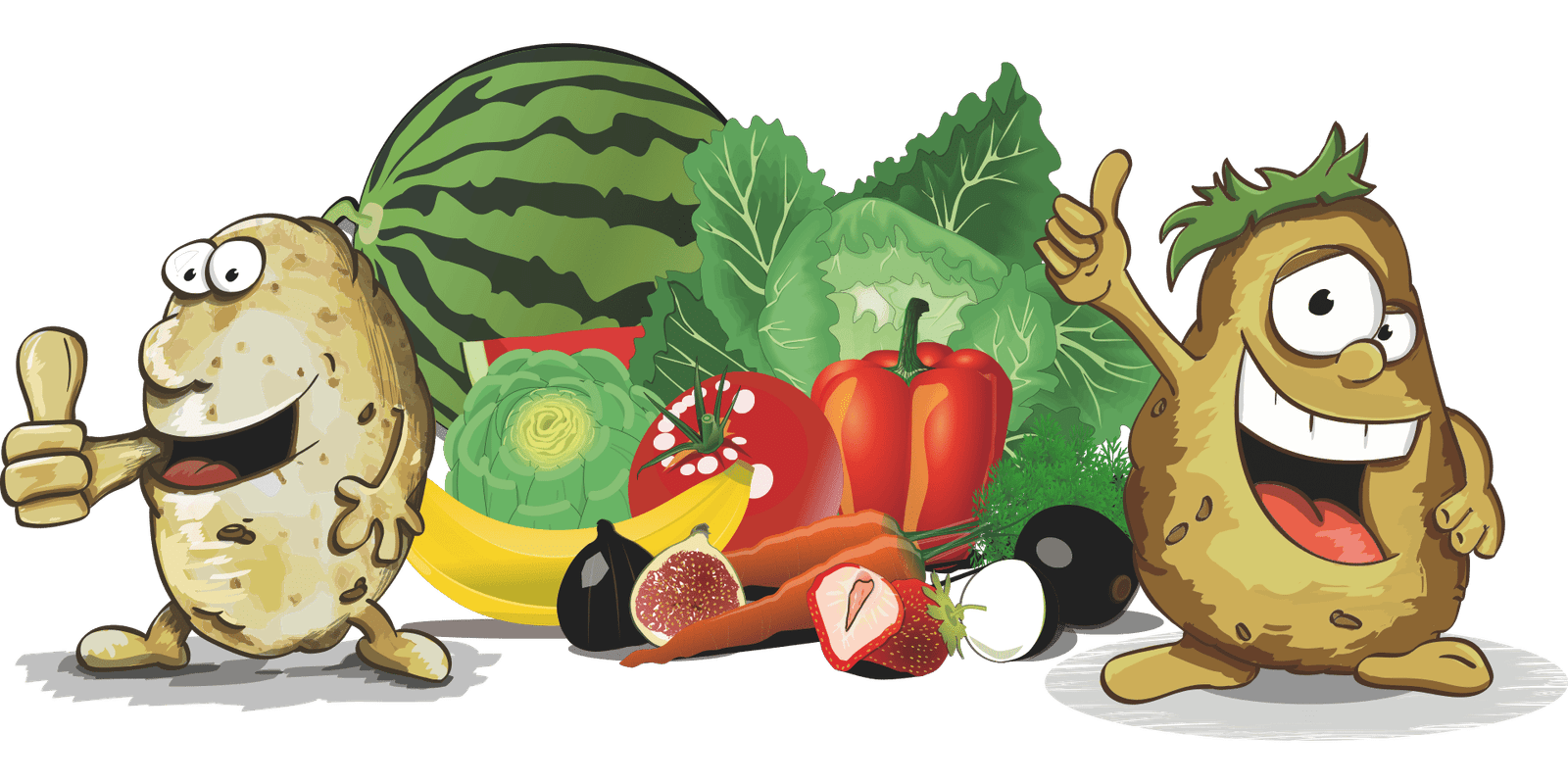
When it comes to plant-based protein, grains may not be top of mind, but they belong in the mix too. Amaranth has the highest protein content of all complete grains, with nine grams per cup! These grains make a noteworthy course for salads that add leafy greens, nuts, other veggies, and fruits. Furthermore, they supply a refined flavor to salads, complementing other ingredients.
8. Chia Seeds
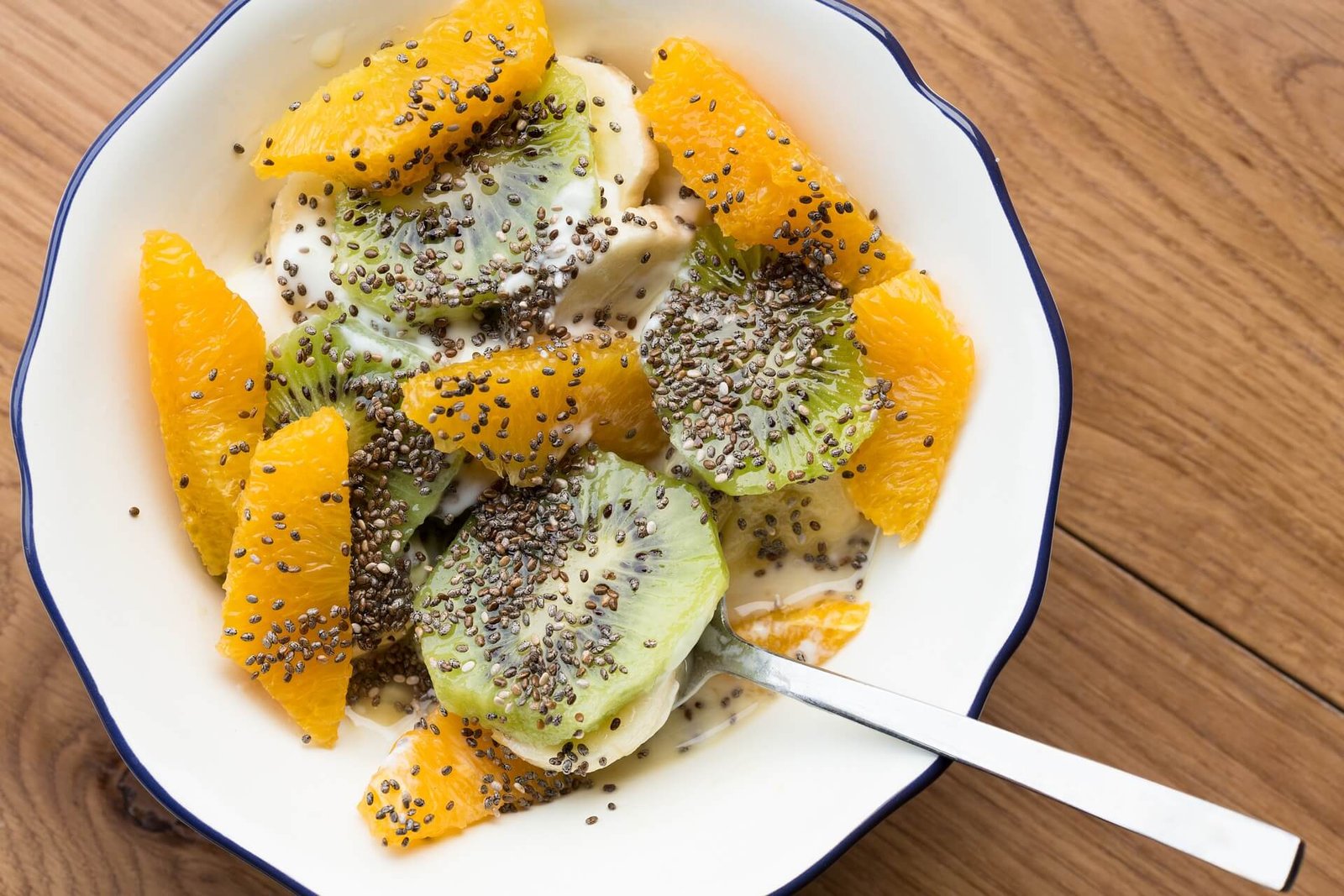
Here’s one for the fruit lovers! A mixed fruit method for getting the two cups of fruit you need each day while also enjoying the fruit. You may or may not be experiencing autumn in your part of the world right now, but if you are, replace autumn fruits with seasonal items that are available to you.
9. Sunless rice
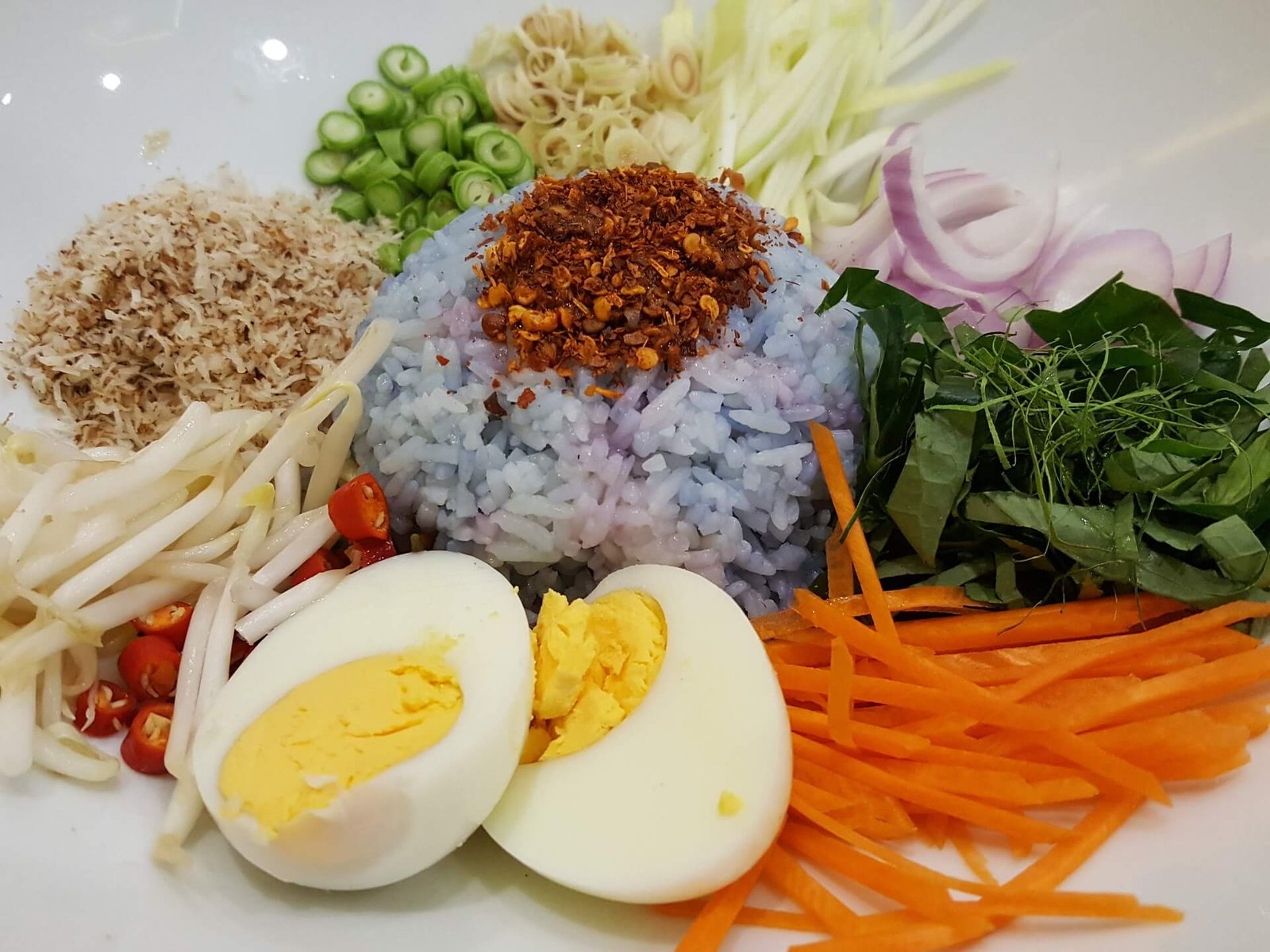
Leafy greens don’t have to be the focus of your meal. A miso tamari salad, carrots, purple cabbage, and green onions sustain the anthocyanin-rich sunless rice in this Asian sunless rice salad. They toil together to make a savory and hearty meal for your family or friends.
Make a healthy salad with these steps:
- To begin, you require a base.
- Carbohydrates, which are associated with white flour and sugar, get a bad rap, as do carbohydrates in any vegetable.
- A variety of leafy greens like romaine lettuce, arugula, kale, and spinach
- A wide variety of complete grains, adding quinoa, brown rice, and bulgur wheat,
- Shredded or chopped cucumbers, tomatoes, cabbages, and beets.
- Add a variety of vegetables and fruit to any of these choices. To avoid boredom, change up and prepare your meals.
- Try including roasted broccoli, green beans, or cauliflower or peeling zucchini, cucumbers, or carrots to make ribbons.
Check to see if there is more protein in your diet.
Your body digests carbohydrates more slowly and receives regular power when adding protein and fat. Furthermore, protein supplies you with a feeling of fullness you won’t get from vegetables alone.
There are several foods with protein now.
- You can buy lean meats like chicken, turkey breasts, and steaks.
- Cheeses that are lower in fat: light cheddar, Swiss, mozzarella, feta, goat cheese.
- There are numerous legumes; add kidney beans, lentils, chickpeas, and white or sunless beans.
- Hard-boiled egg
- products composed of soy, adding cubed tofu and edamame
- Among the seafood are tuna, salmon, shrimp, and sardines.
To finish, add healthy fats.
If you would like to enhance your heart health, replace foods high in saturated or trans fats (bacon bits, crunchy fried noodles, cream-based dressing) with these, which have heart-healthy fats:
- You can additionally eat almonds, walnuts, cashews, and pecans as nuts.
Seeds add pumpkin, sunflower, flax, and sesame.
- Add toppings since high-fat foods acquire calories as well. If you’re utilizing nuts or seeds, use no more than 14 cups (50 mL) of dressing and 1-2 tablespoons (15-250 mL).
Summary
Salads were versatile dishes in the twenty-first century that can no longer be ignored. Salads are a meal in their own right.
When you combine a variety of complete plant foods, like greens, veggies, plant-based proteins, and healthy fats, you can make a wide range of savory salad recipes you can enjoy at any time.
